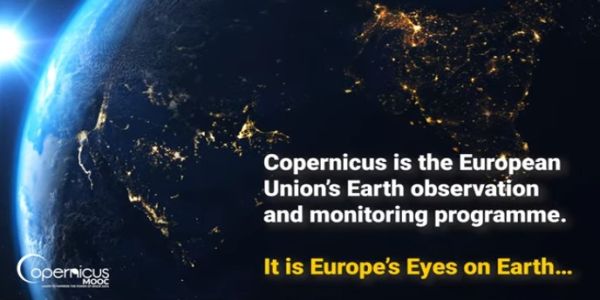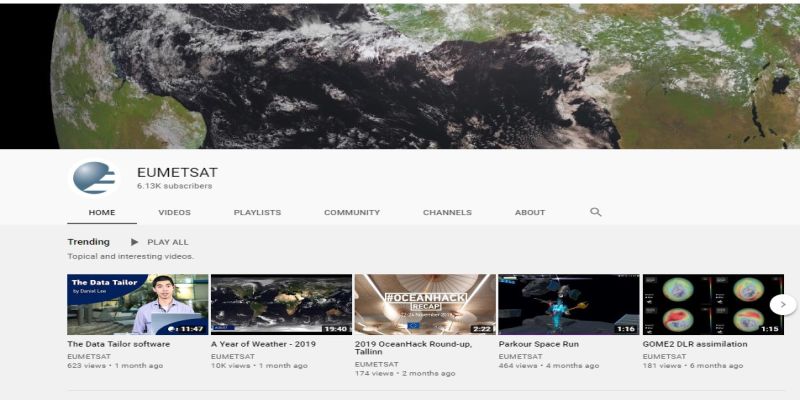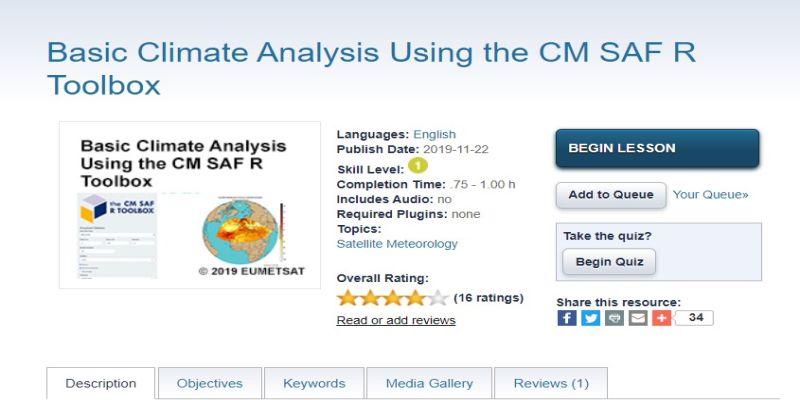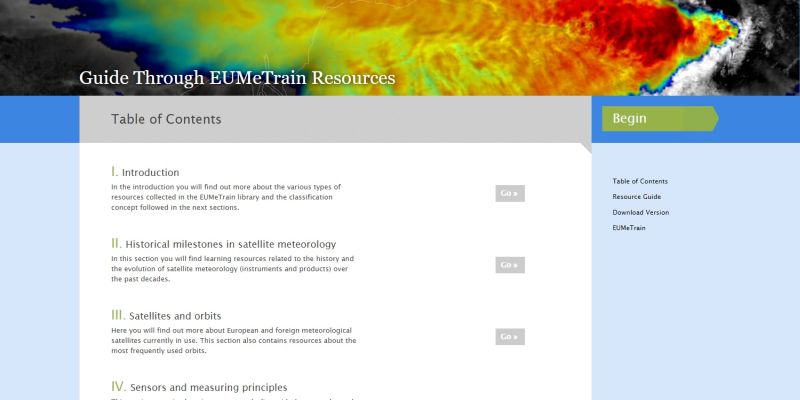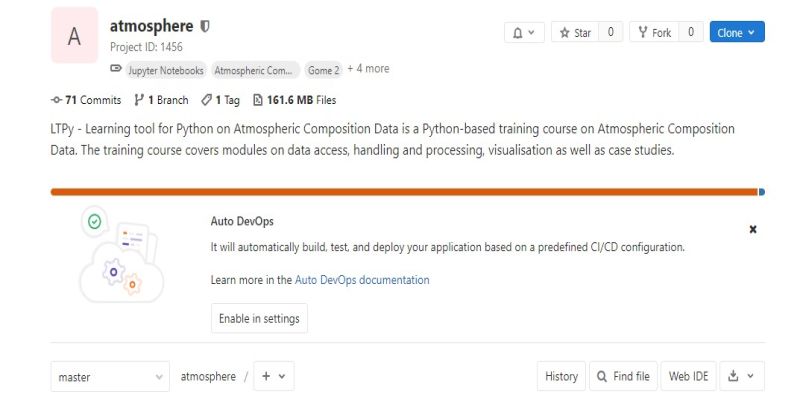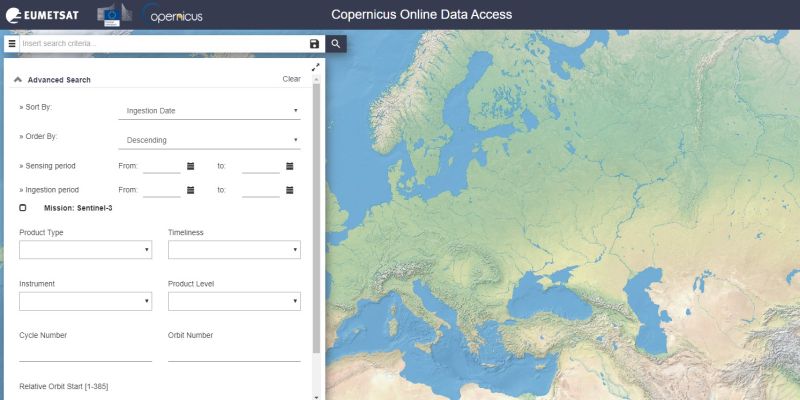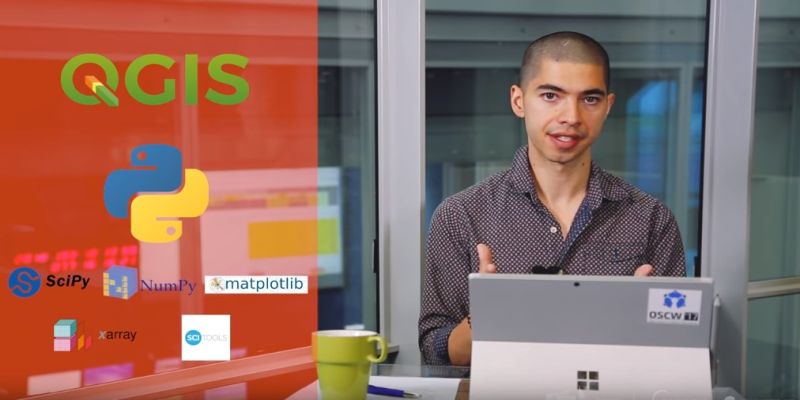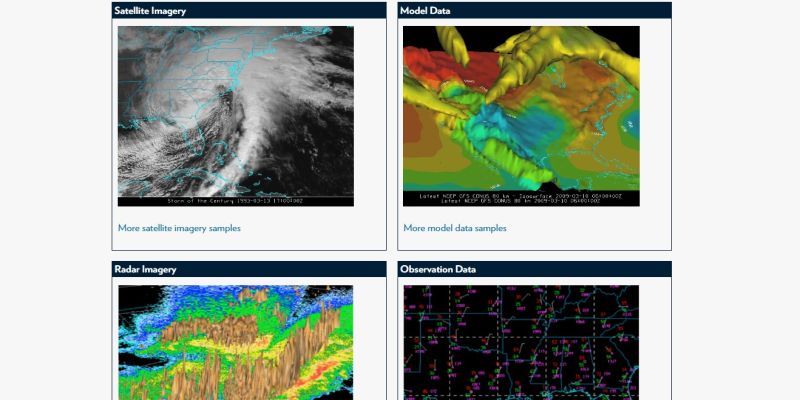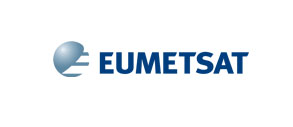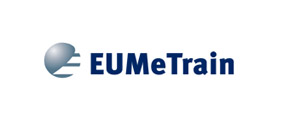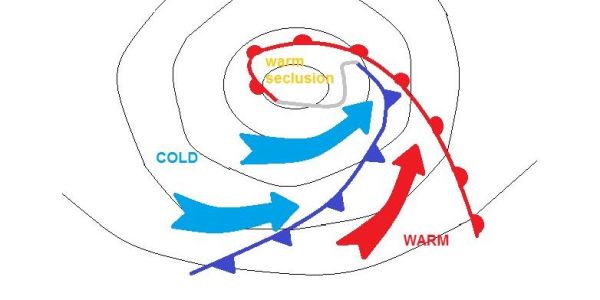
Training module on Cyclogenesis
Frontal analyses of extra-tropical cyclones almost always follow the classical Norwegian scheme showing cold- and warm fronts and occlusions. Not infrequently, these analyses do not reflect the real situation as many of the cyclones being born over the Atlantic are of a different type. These cyclones often show a rapid development (a.k.a. Rapid Cyclogenesis) and do not occlude in the classical sense where a cold front caches-up a warm front. They show many differences compared to the Norwegian cyclones that are highlighted in this training module.
By showing development stages and real cases side by side, you will learn to identify both cyclone types from a combination of satellite images and numerical parameters. A basic knowledge on fronts and cyclogenesis is required. Frontal analysis will lead you through the development stages of both cyclone types. Finally, a quick look at "sting jets" closes the training module.
